|
TACKLING
PLASTIC OCEAN POLLUTION
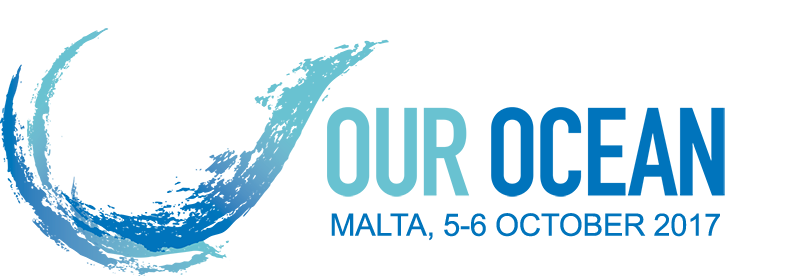
ABOUT -
CONTACTS - FOUNDATION -
HOME - A-Z INDEX
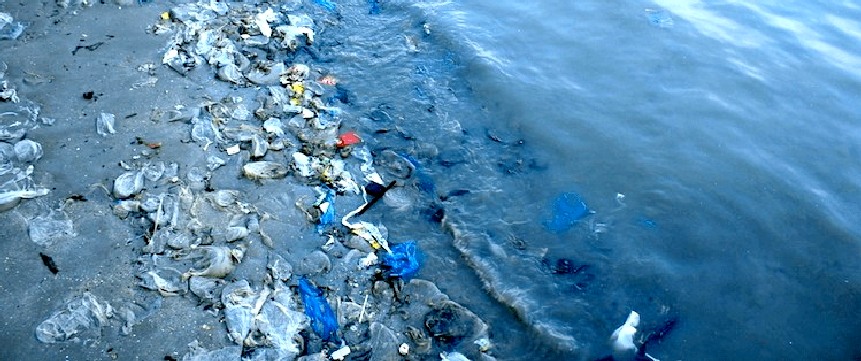
ECOWATCH
- Roughly 8 million tons of plastic is dumped into the world's oceans every year, and according to a new study, the majority of this waste comes from just five countries: China, Indonesia, the Philippines, Thailand and Vietnam.
It appears that these five countries are responsible for up to 60 percent of the marine plastic entering our oceans, according to Stemming the Tide, a study released last month by the Ocean Conservancy and McKinsey Center for Business and Environment.
Why are these parts of Asia leaking so much plastic? Well, as the study suggests, these emerging countries are experiencing rapid economic growth, reduced poverty and improved quality of life. This development is, of course, fantastic. However, as these economies grow, so does the consumer use of plastic and plastic-intensive goods.
The caveat of this increased plastic demand is that these countries do not yet have waste-management infrastructures that can tackle the accompanying excess waste.
It's projected that by 2025, plastic consumption in Asia will increase by an astonishing 80 percent to surpass 200 million tons. And unless steps are taken to manage this waste properly, in ten short years the ocean could contain one ton of plastic for every three tons of fish, "an unthinkable outcome," the study says.
EU
BACKED CAMPAIGN
The European Commission, the United States, the National Aquarium of Denmark and the NGO Plastic Change collaborate on a touring exhibition across
Europe.
Plastic pollution is a serious threat to our ocean, putting fragile ecosystems, marine life, economic livelihoods, and human health at risk. Every year we discharge 10 million tons of plastic into the ocean, where they can remain for hundreds of years. One study predicts that by 2050 there will be more plastic than fish in our oceans.
Citizens in several European Union Member States can learn more about ocean plastic pollution and what they can do to prevent it, thanks to cooperation between the United States, the European Commission,
Den Blå Planet - the National Aquarium of Denmark, and the NGO
Plastic Change. Through this partnership, a public education exhibition first shown in Copenhagen last year will travel to Estonia, Portugal, Malta, Italy and Belgium highlighting EU and US leadership in tackling marine litter. The Italian Government has also prioritised the issue of marine litter under its 2017 G7 Presidency.
With content from scientific expeditions led by the NGO Plastic Change, the interactive exhibition raises awareness about plastic pollution, describes the impacts of micro-plastics on the ocean environment, and provides examples of simple actions individuals can take at home.
EXHIBITION DATES:
Tallinn, Estonia 7 March to mid-May
Lisbon, Portugal 24 May to August
Valletta, Malta September to October
Genoa, Italy Late October to November
Brussels, Belgium End 2017
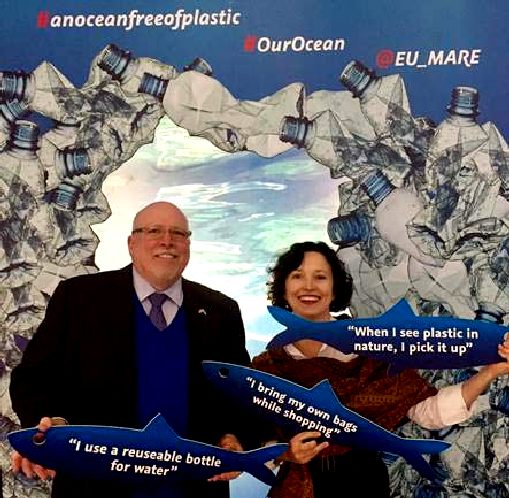
PLASTIC
TOUR CONTACTS
U.S.
Embassy Copenhagen: Bo Gregersen, GregersenBX@state.gov
European
Commission: Iris Petsa, iris.petsa@ec.europa.eu
National
Aquarium of Denmark: Tony Jørgensen, toj@denblaaplanet.dk
Plastic
Change: Lisbeth Engbo, le@plasticchange.org
#OurOcean
#anoceanfreeofplastic
#plasticchange
#denblåplanet
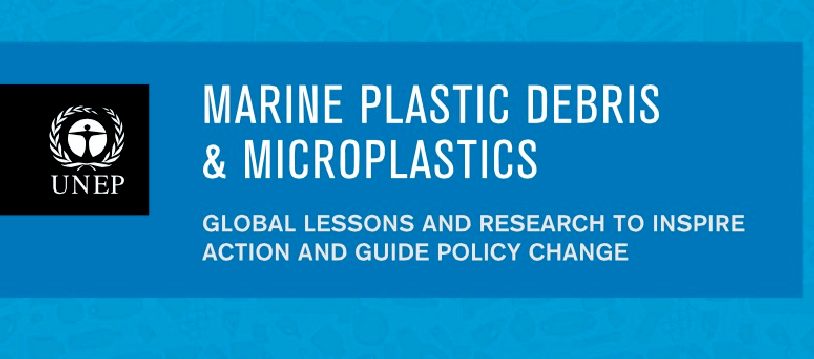

SUEZ-
OPEN RESOURCE IDEAS RESOURCE REVOLUTION, MARINE PLASTICS
At the beginning of June, the UNEP (United Nations Environment Programme) published a report entitled “Marine Plastic Debris and Microplastics – Global lessons and research to inspire action and guide policy change”.
The report describes the consequences of marine plastic pollution and addresses potential solutions to tackle this “global problem for Humanity” . Focus on the report’s key findings.
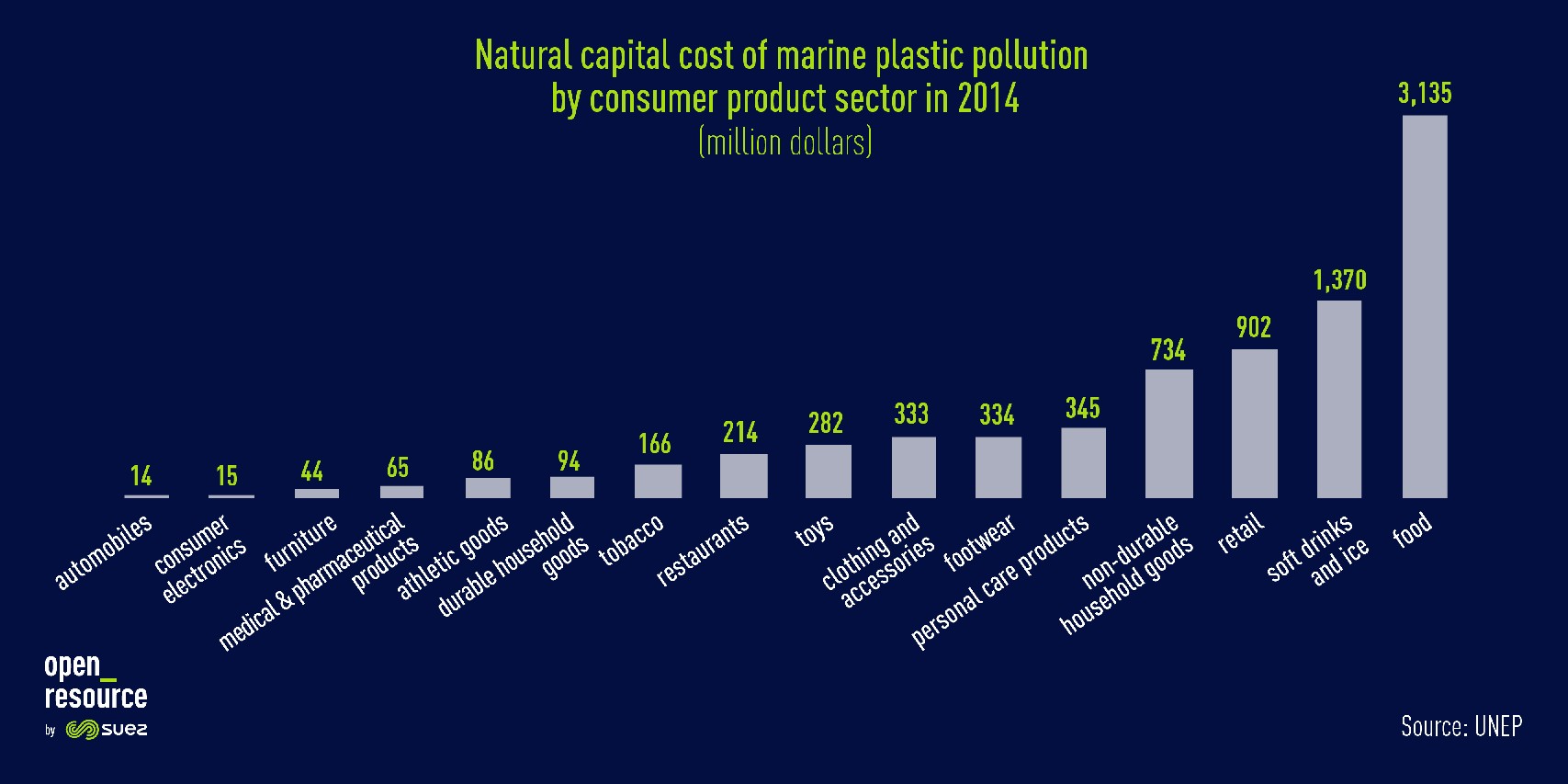
Global plastic production continues to grow
In 1950, the world’s population was 2.5 billion while 1.5 million tonnes of plastic were produced. In 2016, there are over 7 billion people living on our planet and we produce more than 300 million tonnes of plastic. According to the UNEP, if this trend continues almost 33 billion tonnes of plastic will have accumulated by 2050. Growing production, combined with both changes in the way we use plastic and demographic changes, have led to an increase in the amount of
plastic debris dumped in our oceans.
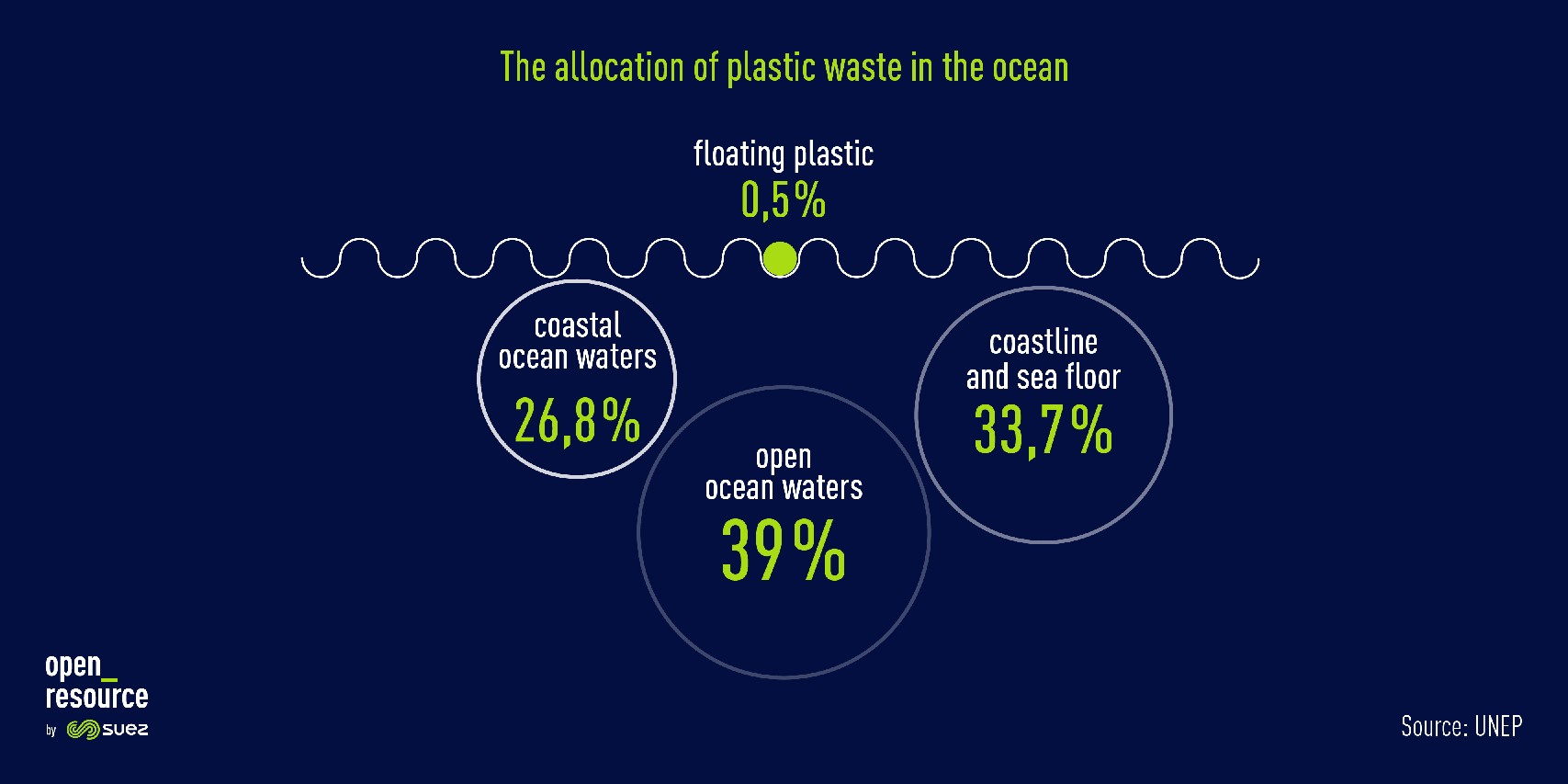
Plastic – the main component of the debris found in our oceans
In 2010, the UNEP estimated that between 4.8 and 12.7 million tonnes of plastic had found its way into our oceans. The most common forms of debris are cigarette filters, plastic bags, fishing equipment such as nets, and all types of packaging. Between 60 and 90% of marine debris was manufactured using one or more plastic polymers, such as polyethylene (PE), polyethylene terephthalate
(PET), polypropylene (PP) and polyvinyl chloride (PVC). Most of these polymers have an extremely long degradation time. As a result, the majority of plastics manufactured today will take decades or even centuries to disappear.
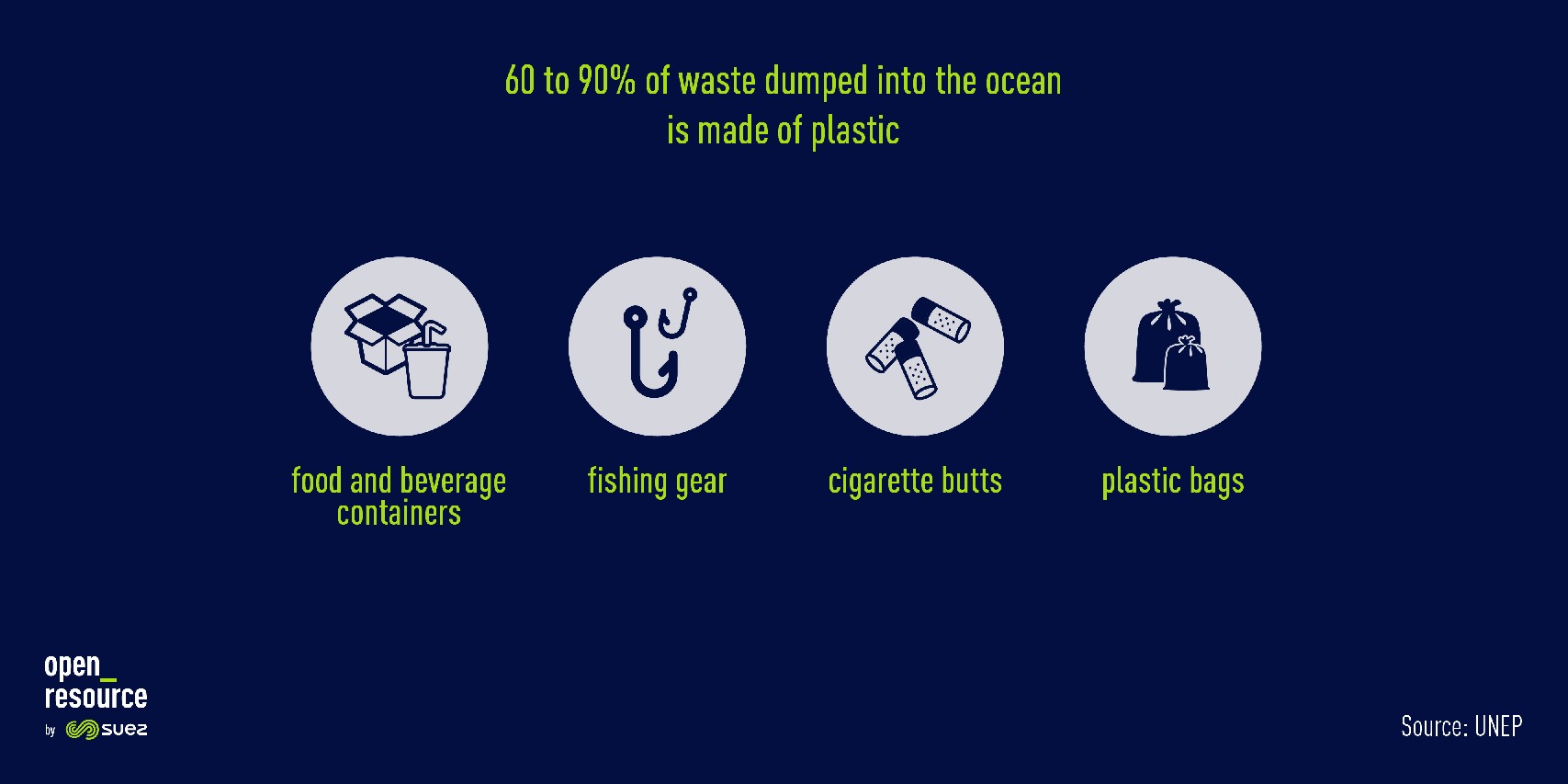
The scale of plastic pollution
Plastic debris is found along coastlines, on the surface of the ocean and on the seabed. Plastic waste causes death and disease to marine wildlife, through suffocation, entanglement and intoxication. Plastic materials are broken up by waves and sunlight to form microparticles that are less than 5mm in diameter. These tiny fragments end up in the stomachs of marine life such as mussels, worms and zooplankton. Nanoplastics that are barely half a millimetre in size are so tiny that they can penetrate the cell membranes and nuclei of small marine animals. So debris that is invisible to the naked eye enters the food chain at its very source. A piece of waste measuring just a few millimetres produces 1,000 billion nanoparticles of 100 nanometres!
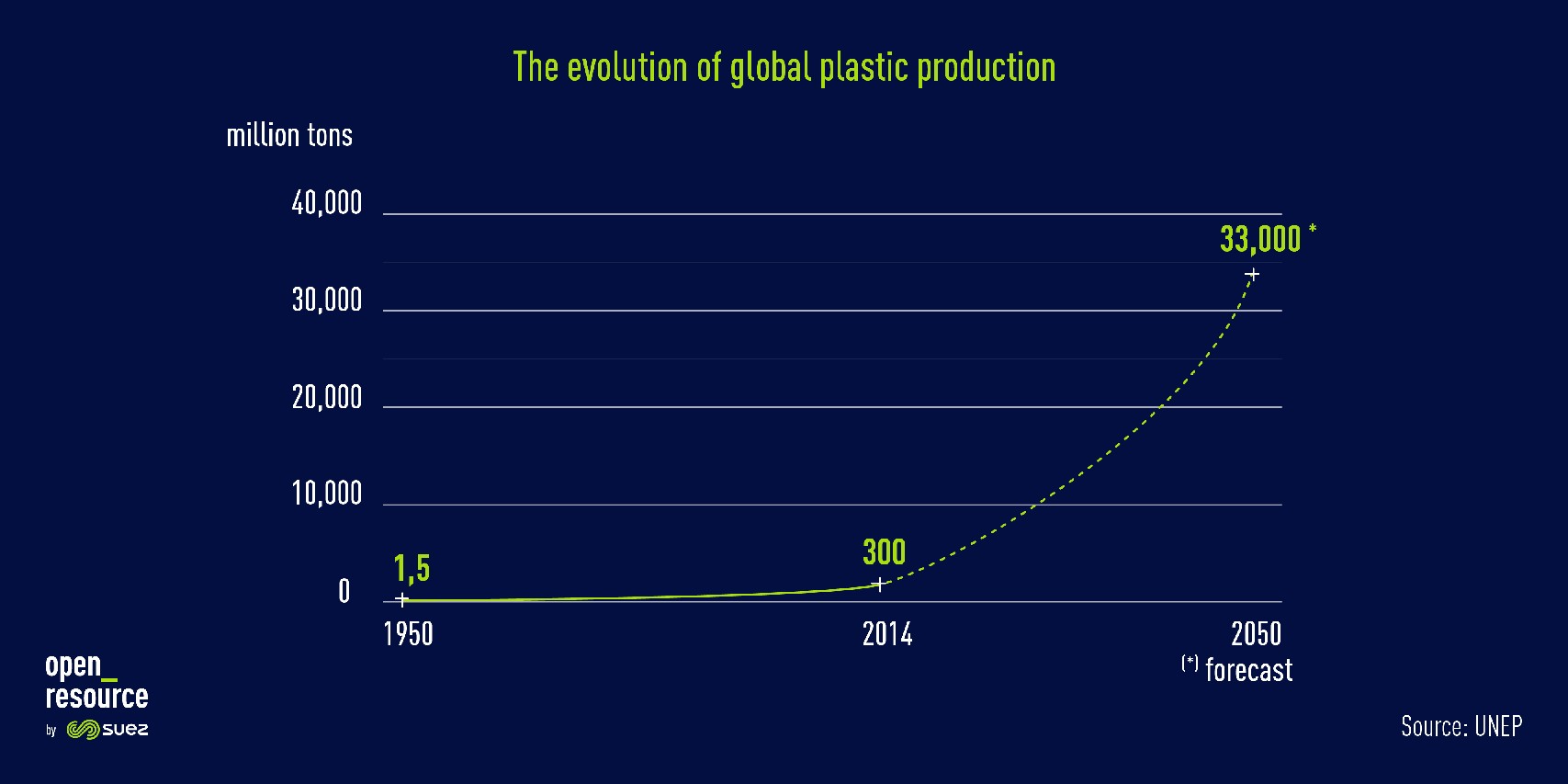
The cost of plastic pollution
Fishing, marine transport, tourism and the leisure industry are just some of the many business sectors affected by marine pollution. According to the
UNEP, the estimated natural capital cost of marine plastic debris is about 8 billion dollars a year. The sea transport industry, for example, is directly hit by pollution because plastic debris can clog up propulsion and refrigeration systems, causing breakdowns and
delays.
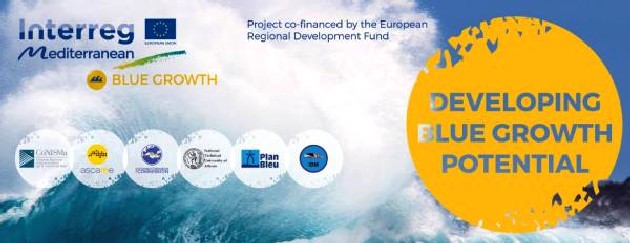
Collective solutions to a global problem
The scale of this phenomenon calls for action at every level and by all stakeholders, including companies, associations, citizens and public authorities. It is vital that we take upstream action to reduce the amount of plastic we produce. This must be combined with better and more efficient waste collection and treatment solutions throughout the world. We must also improve our recovery, recycling and reuse of plastics (the association Net-Works, for example, collects abandoned nets and turns them into rugs). We also need to step up prevention campaigns (such as the British “No butts on the beach” campaign) and encourage environmental best practices (“NOWPAP, best practices guidelines for tourists”). The MARLISCO survey carried out in several European countries showed that 30% of those surveyed underestimated the role of plastic in marine pollution. Finally, measures to regulate sectors such as fishing (for example, by endorsing the various different components of fishing nets) and retail (the ban on plastic carrier bags introduced in many countries), or financial incentives (money back on bottles) provide other ways to tackle the problem of plastic debris found in our oceans.
YOUTUBE
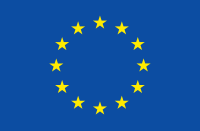
LINKS
& REFERENCE
https://www.ecowatch.com/these-5-countries-account-for-60-of-plastic-pollution-in-oceans-1882107531.html
https://twitter.com/open_resource
http://suez.com
http://www.suez-environnement.com/
http://www.ready-for-the-resource-revolution.com/en/marine-plastic-debris-and-microplastics-a-new-unep-report-on-plastic-pollution-in-our-oceans/
http://www.greenpeace.org/canada/en/blog/Blogentry/plastic-pollution-why-coca-cola-bears-respons/blog/59398/
https://lessplastic.co.uk/new-eco-friendly-website-tackling-plastic-pollution-ocean/
http://www.royalgazette.com/news/article/20170531/helping-tackle-ocean-plastic
http://www.plasticchange.org/
http://www.denblaaplanet.dk/
https://ourocean2017.org/campaigns/tackling-plastic-pollution-ocean
https://ourocean2017.org/campaigns/world-aquariums-against-marine-litter
https://ourocean2017.org/campaigns
https://oceanconference.un.org/
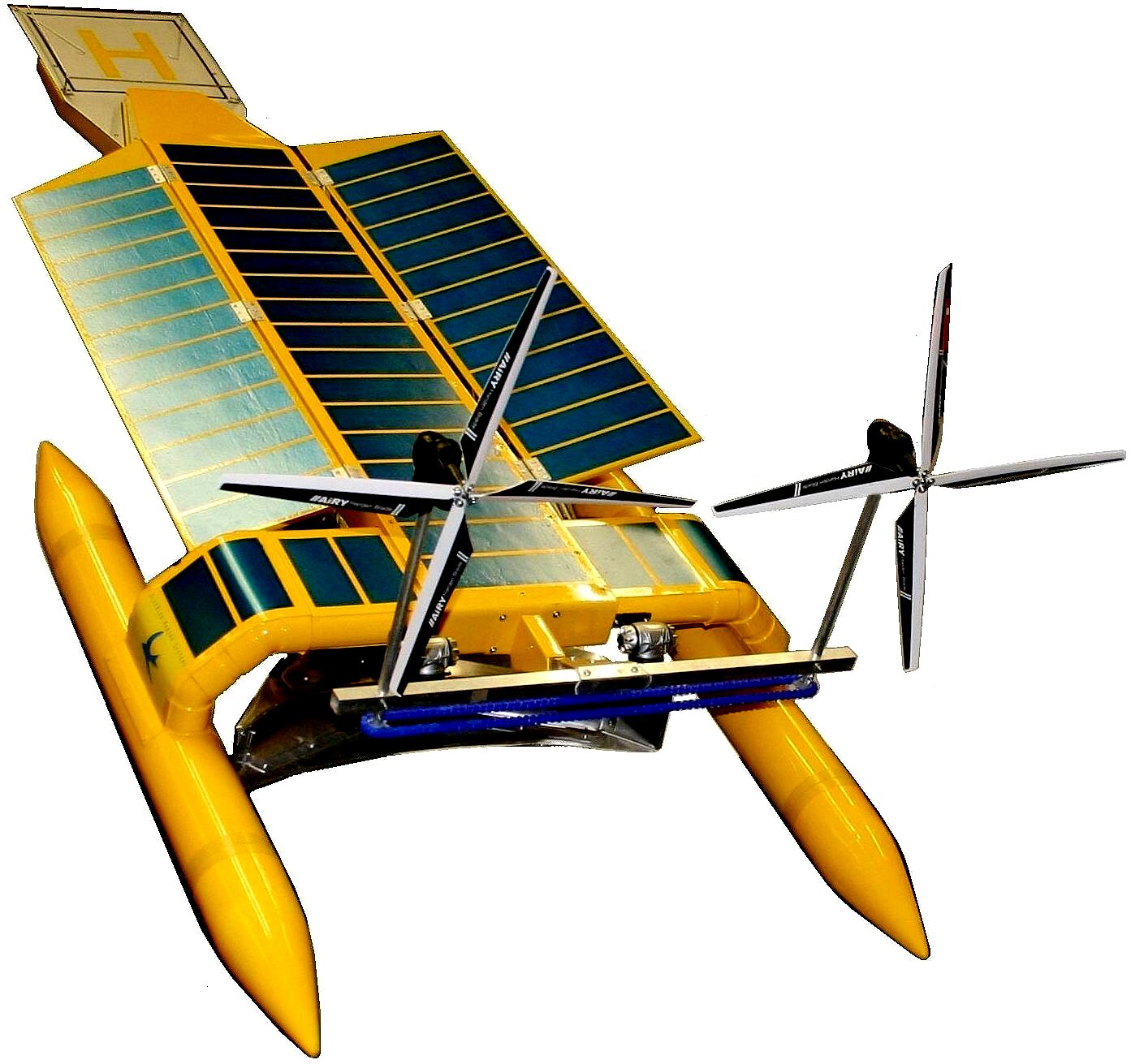
OCEAN
CONDITIONER - This vessel is designed to operate in fleets
to target ocean waste before it settles on the ocean floor
where nobody can recover it. There is nothing like it in
existence today, though other ideas for trapping plastic waste
are being developed, such as that of Boyan
Slat and the Seabin.
This
website is provided on a free basis as a public information
service. copyright © Cleaner
Oceans Foundation Ltd (COFL) (Company No: 4674774)
2017. Solar
Studios, BN271RF, United Kingdom.
COFL
is a charity without share capital. The names AmphiMax™,
RiverVax™
and SeaVax™
are trade names used under license by COF in connection with their 'Feed
The World' ocean cleaning sustainability campaign.
|










